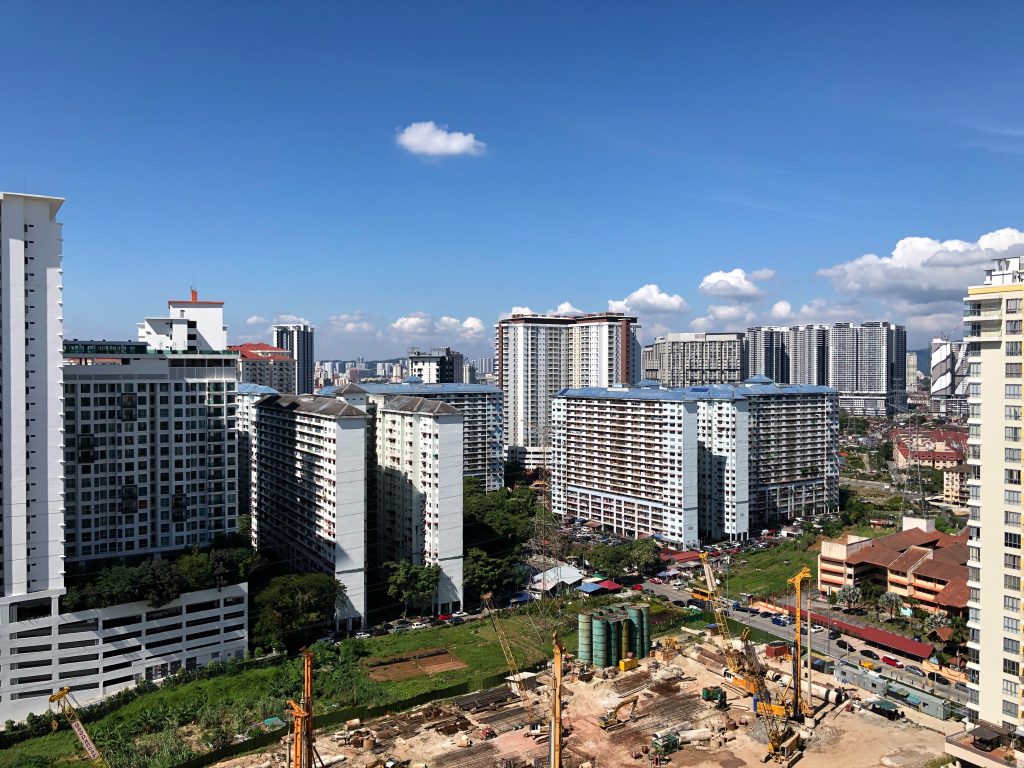New RICS guidance: when is an EWS1 needed?

New RICS guidance: when is an EWS1 needed?
In the wake of Grenfell, fire safety has become top of the agenda. This article looks at a major recent announcement by RICS that will provide leaseholders of high-rise buildings with some degree of help and comfort.
The Guidance
In March, RICS issued guidance designed to clarify which residential buildings require additional fire safety inspections. The guidance, which will take effect from 5 April 2021, was issued in response to increasing concerns that lenders are refusing to lend unless they are provided with an “External Wall Fire Review” (also known as an EWS1 form). Briefly, the ESW1 form records the fire safety assessment that has been carried out on the external wall construction of a residential building.
The reluctance of lenders to lend without an EWS1 form has trapped leaseholders and decimated the value of their properties, with leaseholders unable to sell (or re-mortgage) their properties until an inspection has been undertaken and/or the necessary remedial works have been carried out. The wider threat posed to the UK property market is clear. Accordingly, the RICS guidance sets out which buildings should require an EWS1 form.
When an EWS1 form is required
- Buildings over 18 metres, unless the building was signed-off under The Building (Amendment) Regulations 2018.
- Buildings over 6 storeys with: (1) cladding or curtain wall glazing; or (2) vertically stacked balconies made from or connected by combustible materials (such as timber).
- Building of 5 or 6 storeys with: (1) a “significant amount of cladding” (ie. approximately one-quarter of the entire elevation); or (2) panels made from Aluminium Composite Material (ACM), Metal Composite Material (MCM) or High Pressure Laminate (HPL); or (3) vertically stacked balconies made from or connected by combustible materials (such as timber).
- Buildings of 4 storeys or fewer with panels made from ACM, MCM or HPL. Where metal cladding is present, written confirmation should be obtained from the building owner (or managing agent) that panels made from ACM, MCM or HPL have not been used.
Contact our Real Estate Dispute Resolution team today
If you would like to discuss any issue relating to this blog, please do not hesitate to contact a member of the Real Estate Dispute Resolution Team on 01895 207835 or 01895 207295, or email us at propertydisputes@ibblaw.co.uk
